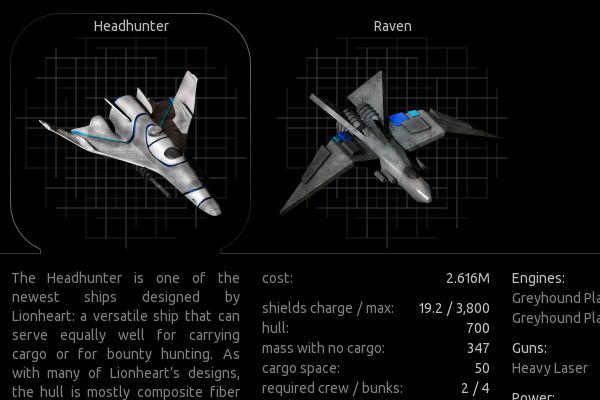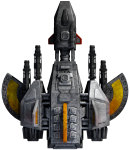

It represented the last hope of the Japanese Empire and the last significant sortie of the Imperial Japanese Navy. Lacking the drama of earlier battles, Leyte Gulf was then eclipsed by later events-a near-reversal at the Battle of the Bulge, ferocious fighting at Iwo Jima and Okinawa, and the cataclysmic dropping of atomic bombs on Hiroshima and Nagasaki.īut the Battle of Leyte Gulf was indeed pivotal. But many saw Leyte Gulf as the continuation of a normal and inevitable trend. The D-Day invasion at Normandy was seen as the true beginning of the end of war in Europe. Midway was accepted widely as the turning point of the war in the Pacific, a dramatic reversal of what had been a losing trend. More significant, however, was that the Battle of Leyte Gulf happened when most of the United States had accepted ultimate victory as merely a matter of time rather than as a debatable question.

Tales from such places as Midway, Stalingrad, Guadalcanal, and Normandy were by then frequent fare. Leyte Gulf occurred late in the war, after several years of conflict, when great battles had become commonplace. If all this is true, why is Leyte Gulf not a household word-like Pearl Harbor? Why have fewer Americans heard of it than the Battle of Midway or the Normandy invasion of Europe? The answer lies in timing. It was replete with awe-inspiring heroism, failed intelligence, sapient tactical planning and execution, flawed strategy, brilliant deception, incredible ironies, great controversies, and a plethora of lessons about strategy, tactics, and operations. It was the last clash of the dreadnoughts and the first and only time that gunfire sank a U.S. It introduced the largest guns ever used in a naval battle and a new Japanese tactic that would eventually kill more U.S. The cast of characters included such names as Halsey, Nimitz, MacArthur, even Roosevelt. Every facet of naval warfare-air, surface, subsurface, and amphibious-was involved in this great struggle, and the weapons used included bombs of every type, guns of every caliber, torpedoes, mines, rockets, and even a forerunner of the modern guided missile.īut more than mere size made this battle significant. Some of the largest and most powerful ships ever built were sunk, and thousands of men went to the bottom of the sea with them. It involved hundreds of ships, nearly 200,000 participants, and spanned more than 100,000 square miles.


The Battle of Leyte Gulf was the biggest and most multifaceted naval battle in history.


 0 kommentar(er)
0 kommentar(er)
